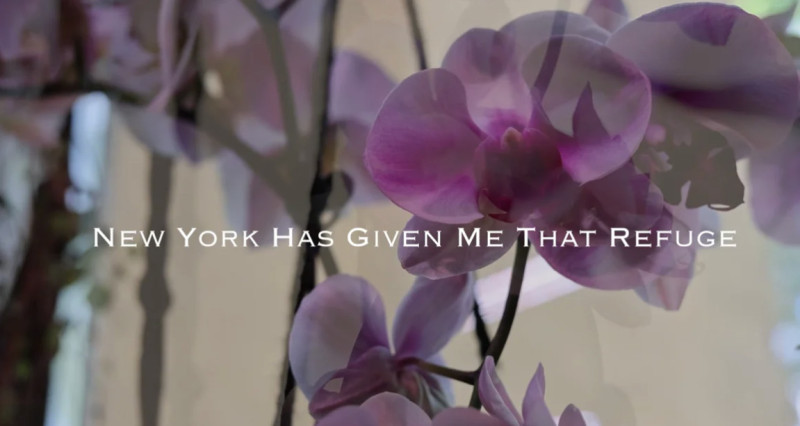
New York has given me that Refuge
In this film, refugee South Asian LGBTQ+ activist Barbara Khan talks about her migration from Pakistan and her life in New York as a trans woman.
I definitely I’m grateful for New York because of the way it is and always being for refugees and immigrants and people from somewhere else its that somehow first requirement to make it in here, is to be from somewhere else. And that I can tell I can feel it and I’ve benefited from it in all the experiences that I’ve met, people, jobs and so on. (Eric from Venezuela, June 2022)
Eric’s statement is also confirmed by Kelly Agnew-Barajas, director of the Refugee Settlement, in an interview: “The high cost of living is in fact the biggest problem in refugee resettlement. Direct resettlement, i.e., housing newly arrived refugees with furnished apartments, food, etc., is very rare in NYC because the city is so astronomically expensive.” 22Cf. Schubach, Alanna, 2016: Who Belongs to NYC’s Refugee Community, and What Kind of Support Do They Need?. https://www.brickunderground.com/live/nyc-refugee-community (Jan. 12, 2022).
Whether it is the cost of living, the lack of support from a strong refugee/immigrant community, or even a possibly more dismissive attitude towards newcomers – as the following two eyewitness accounts describe –, the image of New York City as a historically developed city of refuge should be critically analyzed.
When I told them, I selected New York City, they answered me: “Are you crazy? Why? It’s so expensive, it’s too cold. Why are you going there? You have to go to Virginia, that is the most historical refugee area. Or you should go to California.” I said, no, I have priority for me. I have received employment in New York, so I have to go there. […] The Afghan community here is not as huge as in Virginia, Texas, or California… At the moment I am very focused on my own (applications, assignments, permanent residency, driving lessons, heath appointments). This is very new for me, so I definitely plan to be a part of the community. Otherwise, we will struggle here. (Abdul S. from Afghanistan – name changed, June 2022)
I don’t have a sense of New York being the city of refugees or something like that. I feel that individualism, maybe is impacting a lot. I know people who are Americans and moving to the city from Chicago and finding themselves very isolated and feeling lonely and moving back…I don’t have many friends here. When I go to the city, I usually go by myself and unfortunately, they don’t give you a table. So, they make you sit at the bar… (Gizem A. from Turkey – name changed, June 2022)
The title “Sanctuary City” is used in the US as well as in Europe. However, it is interpreted differently by different cities and organizations. Specifically for New York, it means welcoming and supporting all immigrants and refugees, including undocumented ones, and not engaging in deportation actions. It does not mean, however, that New York City’s “sanctuary” policy can override existing federal laws, nor does it attempt to do so. However, the city is looking for ways to avoid supporting harsh enforcement of strict immigration and residency laws and instead grant its residents basics for living without constant fear of deportation.
In November 2014, Mayor Bill de Blasio strengthened New York City’s authority over U.S. immigration policy. Since then, the city no longer cooperates with federal authorities on requests for deportation detention unless the individuals in question have been convicted of a violent crime or an aggravated felony. The mass deportation of individuals has not only torn apart thousands of families in the city, but has also disadvantaged immigrants families who rely on the financial and emotional support of these individuals.
In addition to creating greater protections from deportation, the New York City Council has built its own network of protections, including a program that provides free legal representation to children who have fled civil war and violence in Central America and arrived at the border unaccompanied, and the expansion of community health services. 33Proud to Be a Sanctuary City, New York Times, Dec. 18, 2016, https://www.nytimes.com/2016/12/18/opinion/proud-to-be-a-sanctuary-city.html?searchResultPosition=4 (Jun. 24, 2022). Behind these efforts is the goal of encouraging immigrants to integrate into their communities rather than segregate themselves. 44New York Immigration Attorney: How Will Introductions 486-A & 487-A Affect You? https://www.drimmigration.com/how-will-introductions-486-a-487-a-affect-you/ (Aug. 17, 2022).
Of high symbolic importance beyond New York is the introduction of the New York City municipal ID card, called IDNYC. It was introduced in January 2015 to provide New York City residents with a form of identification issued by the city government to facilitate access to city services and programs. IDNYC is a free, law enforcement-approved identification card for all New Yorkers, regardless of origin or immigration or refugee status.

While the card is a benefit for all New Yorkers, it was specifically enforced for the city’s most vulnerable populations, including, among others, (undocumented) immigrants, individuals who identify as transgender or gender nonconforming, and individuals experiencing homelessness.
As an approved ID with the New York Police Department, it both opens vital doors for people without a primary ID, and also allows for a sense of belonging, a sense of being a “real” New Yorker. Anyone with the ID is considered a New York City citizen, according to the official statement of Bill di Blasio, then mayor and main supporter of the New York City ID card. 55IDNYC: A TOOL OF EMPOWERMENT. A Mixed-Methods Evaluation of the New York Municipal ID Program, August 2016. https://www1.nyc.gov/assets/idnyc/downloads/pdf/idnyc_report_full.pdf and https://www1.nyc.gov/site/idnyc/about/about.page (July 13, 2022).
Although a sense of belonging is crucial to living together in a city, the importance of this little green card becomes clear only when the well over 500,000 undocumented immigrants living in New York City without official status are factored in. Without identification, everyday life becomes an unpredictable challenge with no chance of participation in the place of refuge. An ID document is needed to sign a lease, send children to school, or join a neighborhood library. And since you can’t open a bank account without ID, the most vulnerable, of all people, often have to pay horrendous fees to financial service providers like Western Union. People’s fears and the risks that a police ID check without one’s own photo ID can cause are obvious. 66Lebuhn, Henrik, 2016: “I am New York”. Taking stock of the municipal identity card in New York City:Luxembourg.Social Analysis and Left Practice. https://zeitschrift-luxemburg.de/artikel/kommunaler-perso-new-york-city/ (02.09.2022).
After San Francisco and New Haven, New York City was the third city in the U.S. to introduce such a municipal identification document. The New York City neighborhoods with high concentrations of cardholders are also the areas with the highest proportions of immigrants and refugees: in Queens, for example, the Elmhurst or Flushing-Murray Hill neighborhoods; in Brooklyn: Sunset Park or Flatbush; in the Bronx: Morrisania and Belmont-Fordham-Bedford; and in Manhattan: East Harlem and the Lower East Side-Chinatown. 77IDNYC: A TOOL OF EMPOWERMENT. A Mixed-Methods Evaluation of the New York Municipal ID Program, August 2016, pp. 14-15. https://www1.nyc.gov/assets/idnyc/downloads/pdf/idnyc_report_full.pdf (02/09/2022).
A large proportion of refugees have fled Central America, including many women and children. They arrive in New York City and attempt to gain a foothold in the city through an asylum application. Many remain and live undocumented in the city.
The Migration Policy Institute estimates that there are approximately 11 million undocumented people living in the United States. Undocumented immigrants have long been concentrated primarily in the southwestern United States. In 2018, California had the most undocumented immigrants: 2.6 million, nearly a quarter of the national total. Texas followed with 1.7 million, or 16 percent of the total population. New York holds the third place, with about 866,000 estimated undocumented, or 6 percent of the city’s population. 88Randy Capps, Julia Gelatt, Ariel G. Ruiz Soto, Jennifer Van Hook, December 2020: Unauthorized Immigrants in the United States: Stable Numbers, Changing Origins. Fact Sheet. https://www.migrationpolicy.org/sites/default/files/publications/mpi-unauthorized-immigrants-stablenumbers-changingorigins_final.pdf (02.09.2022). They are mostly from Mexico (19%), followed by China/Hong Kong (12%), the Dominican Republic (9%), closely followed by Ecuador (8%), and El Salvador (7%). 99Migration Policy Institute, 2019: Profile of the Unauthorized Population: New York. https://www.migrationpolicy.org/data/unauthorized-immigrant-population/state/NY.(02.09.2022).
According to newspaper and eyewitness reports, the situation has worsened in New York City since July and August 2022. Many asylum seekers are being dropped off in the city by bus coming from Texas and Arizona, with a detour through Washington, D.C. In part, this practice is used by Republican politicos from southern states who pick up the costs and target the migrants to Democratic-ruled major cities. New York has meanwhile declared a state of emergency in response (as of October 07, 2022). [10.Tagesschau.de 07.10.2022, https://www.tagesschau.de/ausland/amerika/new-york-migration-notstand-101.html (14.10.2022).]
Welfare agencies are trying to assist with housing in urban shelters and refer people to local food deliveries. They also receive counseling for their appointments at the asylum court. “They have nowhere to get food,” notes Alissa, a Catholic Charities worker. “This is a long-term problem.” She says it will get worse as summer turns to cooler fall nights, as clothing also remains a problem. She doesn’t expect the situation to improve quickly as long as the buses keep moving. 1111Peter Feuerherd, August 2, 2022: On the Frontlines of New York’s Migrant Crisis: Alissa Tyghter-Gerald. https://catholiccharitiesny.org/news/alissa-tyghter-gerald-migrant-crisis/ (Sept. 02, 2022).
Officially, by contrast, New York has accepted very few recognized refugees in recent years. In the U.S., the president sets a quota each October on the number of refugees allowed into the country that year. 1212See Krogstad, Jens Manuel, 2019. Pew Research Center: Key facts about refugees to the U.S. https://www.pewresearch.org/fact-tank/2019/10/07/key-facts-about-refugees-to-the-u-s/ (Sept. 06, 2022. Former president Donald Trump set the cap on refugees for fiscal year 2020 at 18,000, the lowest since the passage of the Refugee Act of 1980. 1313Cf. National Immigratiopn Forum, 2020: Fact Sheet: U.S. Refugee Resettlement. https://immigrationforum.org/wp-content/uploads/2020/09/Refugee-Factsheet-_Final_Updated-FY20.pdf (09/06/2022). A year later, he overtook his own “record” and set it at 15,000. 1414Cf. Montoya-Galvez, Camilo, 2020: Trump administration sets refugee cap at 15,000, a new record low. https://www.cbsnews.com/news/trump-administration-refugee-resettlement-cap-historic-low/ (09/06/2022).
Although back in May 2021 President Joe Biden revised the refugee admissions quota to 62,500, by the end of the fiscal year, September 2021, only 11,411 refugees actually arrived, not even close to the meager cap set by Trump. More than 51,000 slots that could have been used to save lives and provide hope were lost forever. 1515Bill Frelic, Biden Administration Falls Far Short of U.S. Refugee Admissions Cap, October 7, 2021, Human Rights Watch. https://www.hrw.org/news/2021/10/07/biden-administration-falls-far-short-us-refugee-admissions-cap. (23.03.2022).
Even the granting of asylum in the same year is hardly noteworthy, at about 31,000, in a country that historically defines itself as a country of immigration. 1616U.S. Department of State (2022): Report to Congress on Proposed Refugee Admissions for Fiscal Year 2021. https://www.state.gov/wp-content/uploads/2020/10/FY21-USRAP-Report-to-Congress-FINAL-for-WEBSITE-102220-508.pdf (Mar. 23, 2022). The aforementioned quota also resulted in strikingly low refugee numbers in New York City as well as New York State in 2021. There were a total of 900 refugees and Special Immigrant Visa (SIV) holders in New York State. New York City received the unbelievably low numbers of 61 refugees (9% of the total) and 24 SIVs (12% of the total). More than 78% of all arriving refugees and SIVs were from four countries of origin: the Democratic Republic of Congo, Syria, Afghanistan, and Burma. 1717See The Office of Temporary and Disability Assistance (OTDA). Population Data for Refugee and Special Immigrant Visa Holders Resettled in New York State. https://otda.ny.gov/programs/bria/documents/population-report.pdf (07/13/2022).
In the beginning, I only got a meal once from a church in Washington Heights and I remember that because I still have the card to never forget that day. I used the libraries and I try to remember that I might have taken a few classes in the beginning, but honestly I relied more and more on going out on the street and meeting people and talking to them and building my networks that way. I guess that’s how I got “polished” in New York. […] Honestly, it’s New York, I say I’m a “212” bias. Only two cities in the world have that phone code. Caracas and New York. I will always be a 212 no matter where I am. (Eric from Venezuela, June 2022)
So the majority of refugees in New York City currently fall under the category of undocumented immigrants. According to the City of New York’s analysis, they are much more affected by poverty than the rest of New York City’s residents. Reasons for this are many, central among them being employment in predominantly low-paying jobs and lack of access to public benefits, as undocumented immigrants are ineligible for most public benefits that could mitigate or reduce poverty. 1818NYC Major’s office for economic opportunity, 2018: An Economic Profile of Immigrants in New York Cityhttps://www1.nyc.gov/assets/opportunity/pdf/immigrant-poverty-report-2018.pdf, p. 12 (07/13/2022).
I think I’m just talking about what I’ve done for myself, but I still want to…. I’m in the process of starting an organization that helps migrants settle into this country more quickly, and by migrants I don’t just mean refugees, I mean people who are stuck professionally on the career ladder in the United States…. So we’re trying to create this kind of support for refugees and migrants to support Venezuelans, but also other refugees in the US. That’s my aspired vocation that I still have, to help my people and others, […] and of course absolutely New York, like I said, I’m not going anywhere else. (Eric from Venezuela, June 2022)

In this film, refugee South Asian LGBTQ+ activist Barbara Khan talks about her migration from Pakistan and her life in New York as a trans woman.
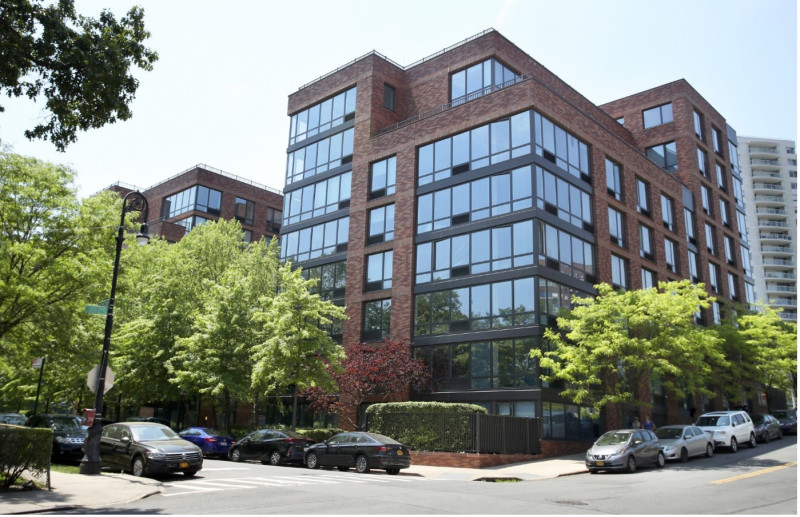
Abdul S. – name changed, is an exiled professor of epidemiology at Kabul University of Medical Science and the first Afghan scholar to accept a…
Itzel Tzab was born in La Libertad, Petén in Guatemala.She grew up in rural poverty, where her family experienced deadly assaults by violent neighbors.…
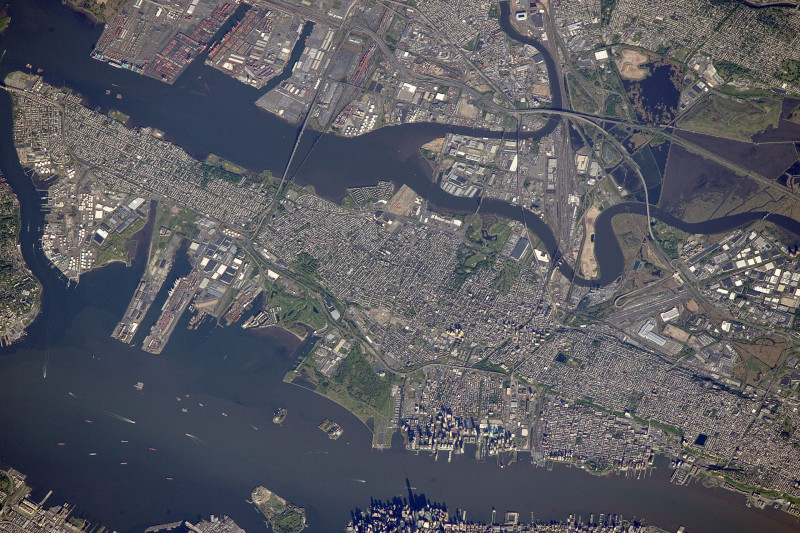
In an interview with the We Refugees Archive team, political refugee and scholar Hasan talks about starting over in the United States and the…
Isabel Vásquez is from Cantón El Rosario, Santa Ana in El Salvador. She fled to the U.S. with her 9-year-old daughter when she was…
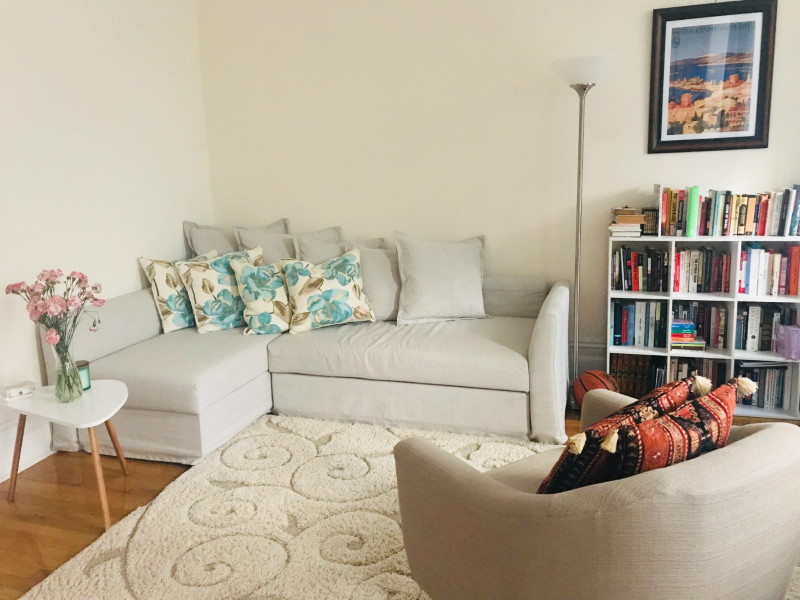
In this interview, the political refugee and activist Sami[1. name changed] from Syria talks about his new beginning and initial challenges in the US.…
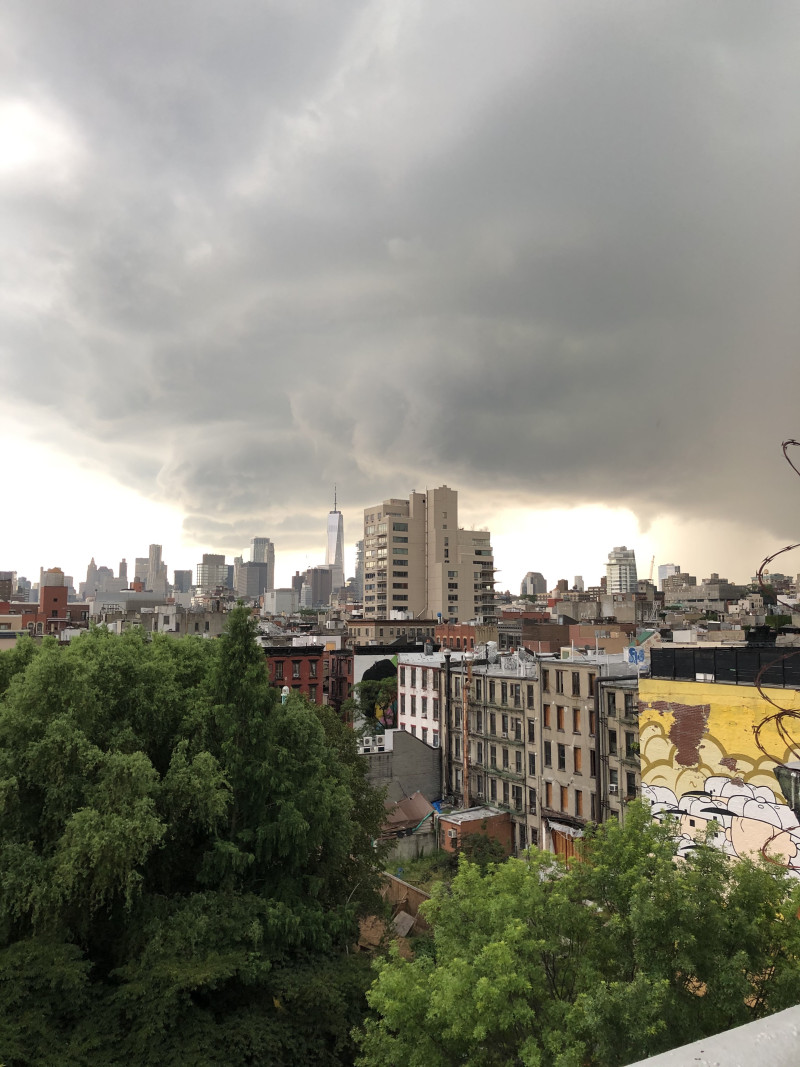
In an interview with the We Refugees Archive team, refugee and South Asian LGBTQ+ activist Barbara Khan talks about her identity as a trans-refugee…
Ismael Xol was born in Xolcuay, El Quiché in Guatemala and crossed the border into the United States at just 15 years old. Ismael…
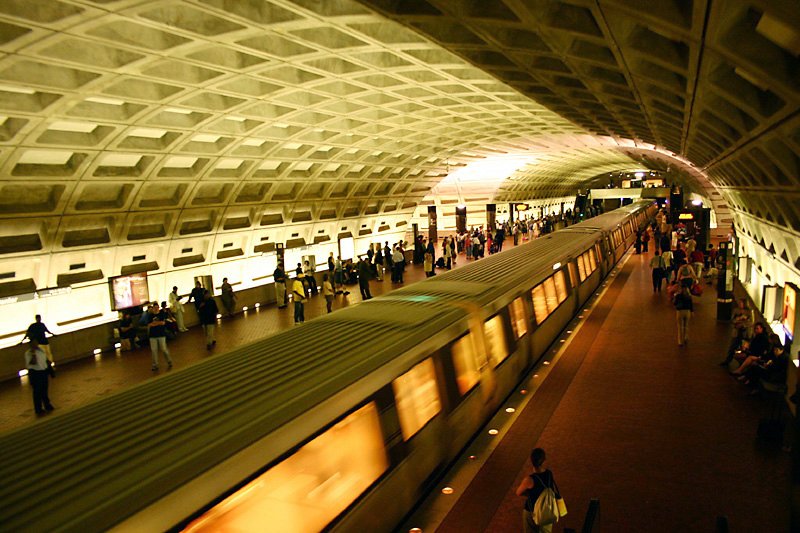
In an interview with the We Refugees Archive team, the political refugee and activist Sami[1. name changed] from Syria, talks about his American identity…
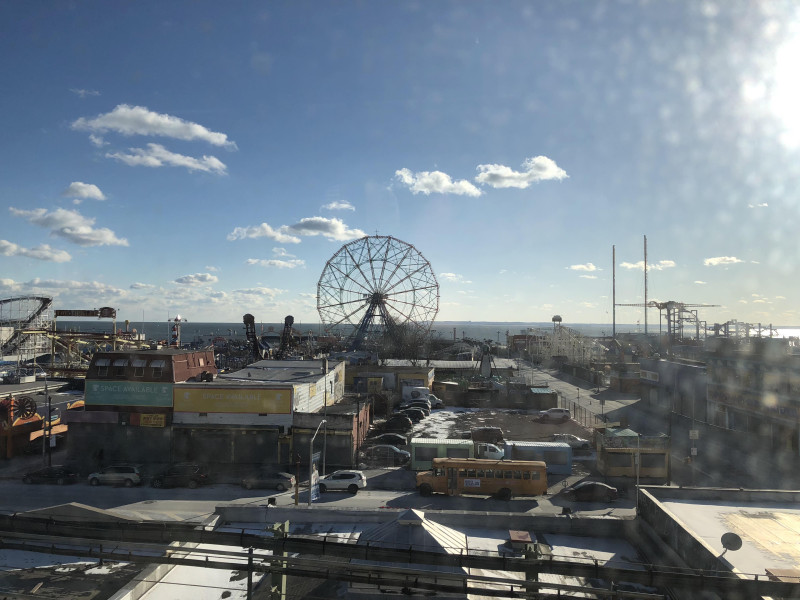
In an interview with the We Refugees Archive team, refugee and South Asian LGBTQ+ activist Barbara Khan relates the reasons for why she decided…
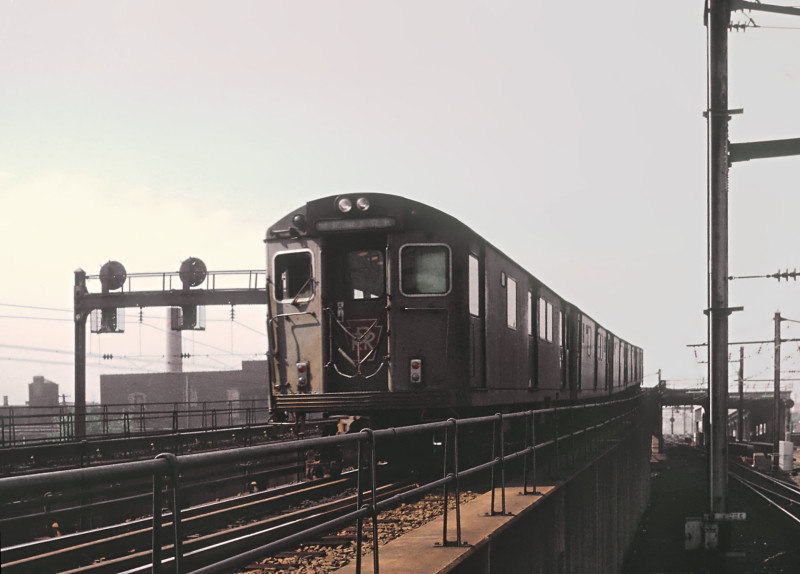
In an interview with the We Refugees Archive team, political refugee and scholar Hasan discusses their identity as a refugee and the support networks…
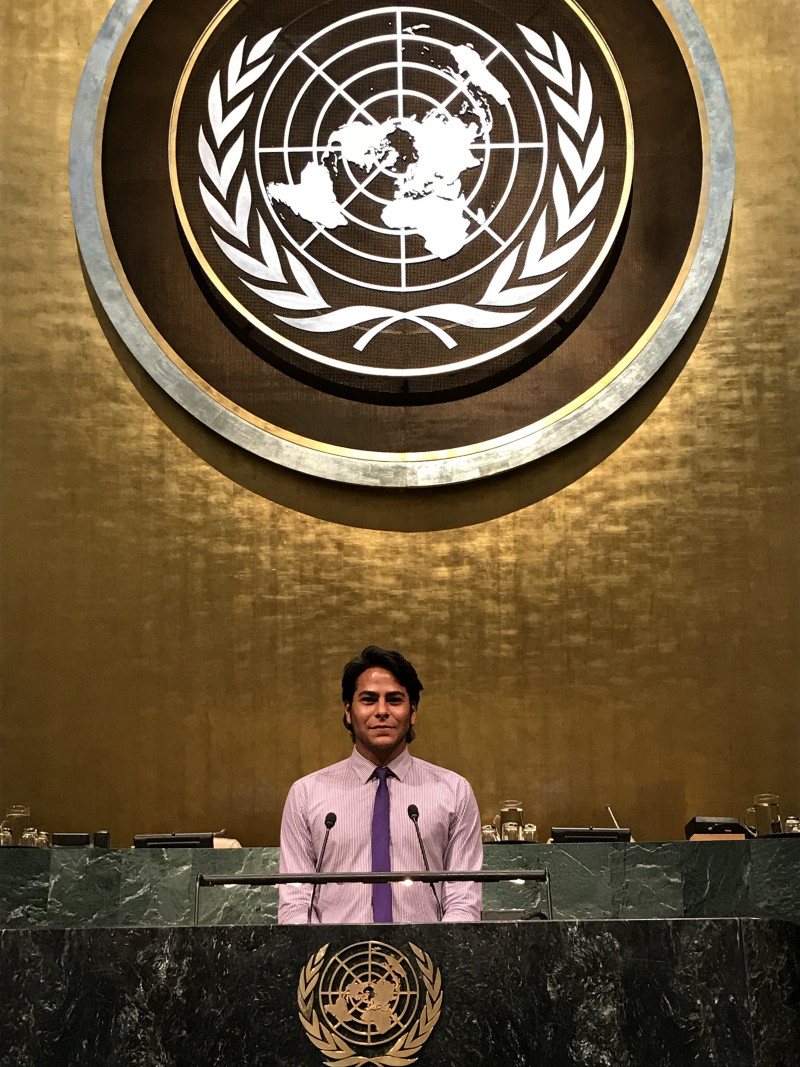
In an interview with the We Refugees Archive team, political refugee Eric discusses his decision to leave Venezuela and to come to United States.…
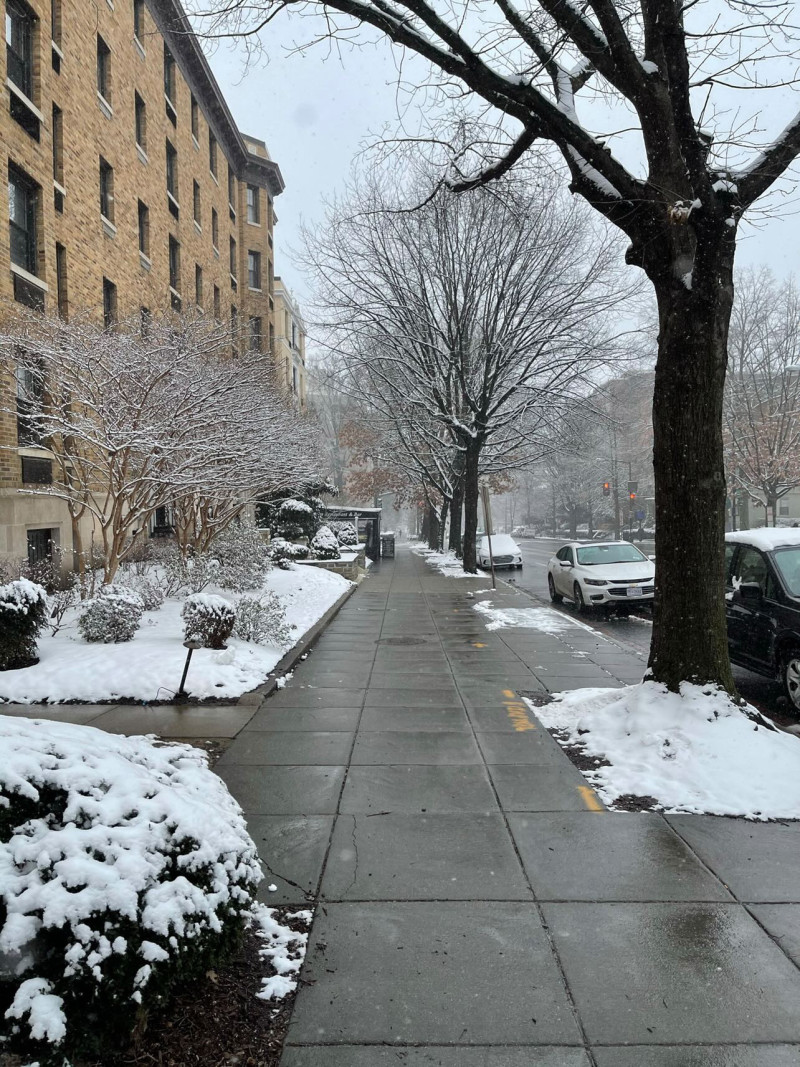
In the interview, the queer activist, human rights journalist and refugee L. [1. they wish to remain anonymous] presents their reflections on the topics:…
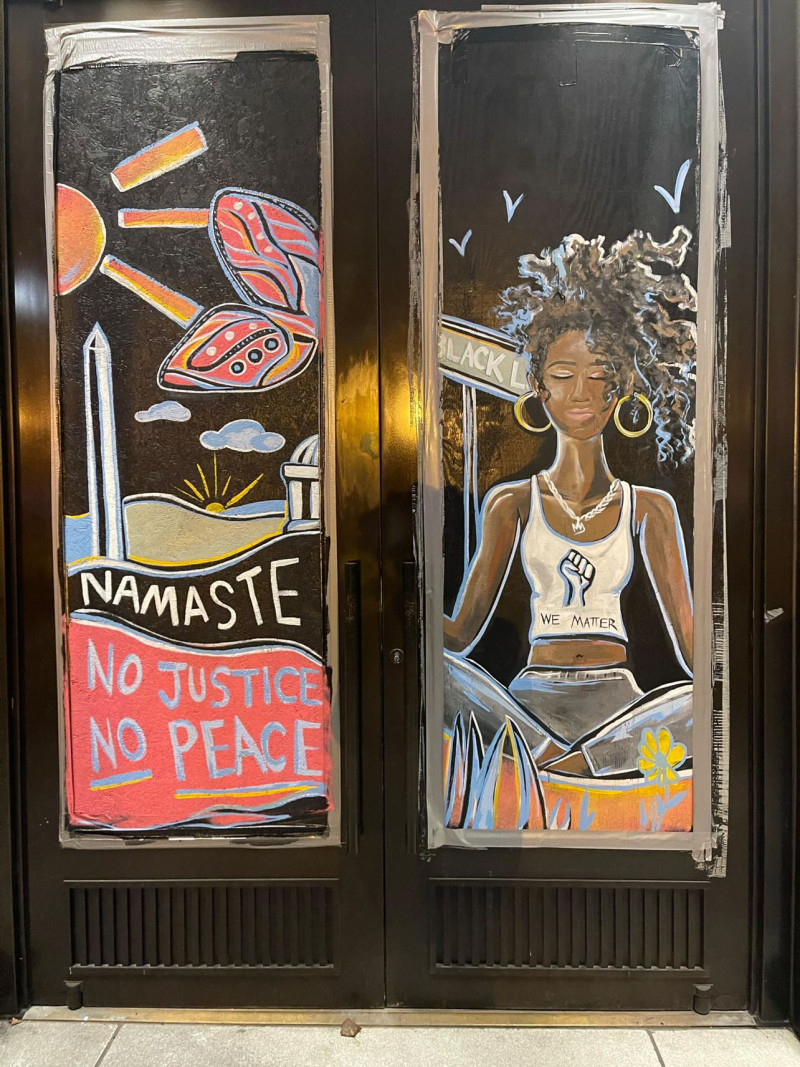
In this interview, the queer activist, human rights journalist, and refugee L. [1. they wish to remain anonymous] talks about their experiences of discrimination…
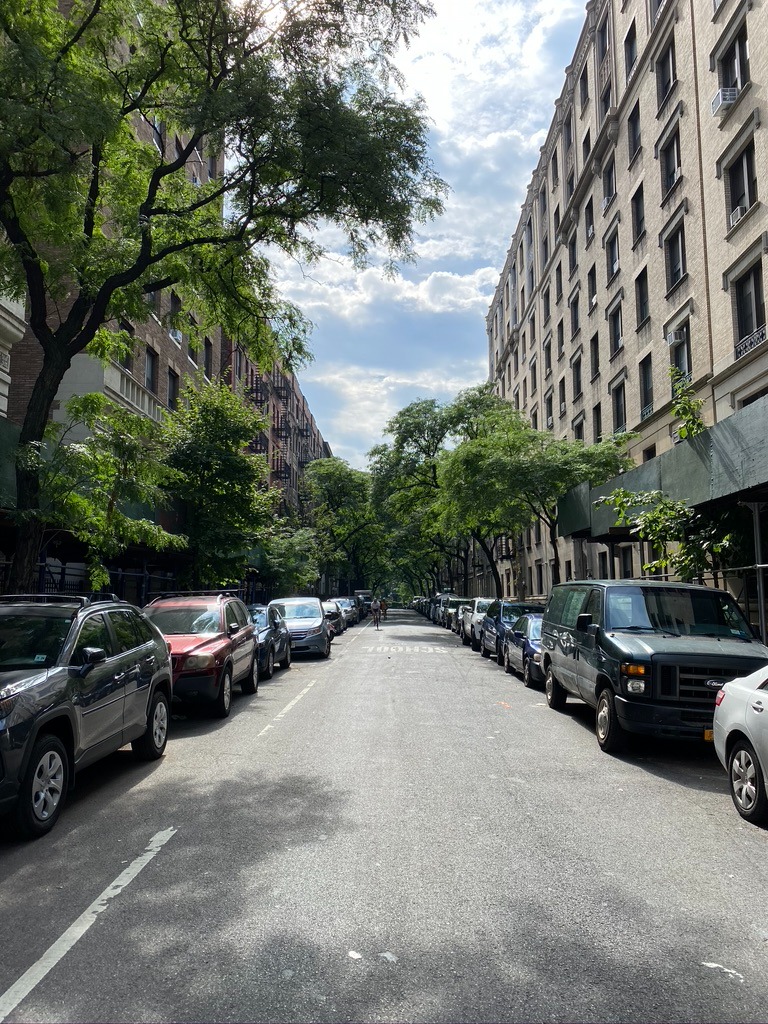
In this interview, the political activist and refugee Sami[1. name changed] talks about his decision to leave Syria and come to the United States.…
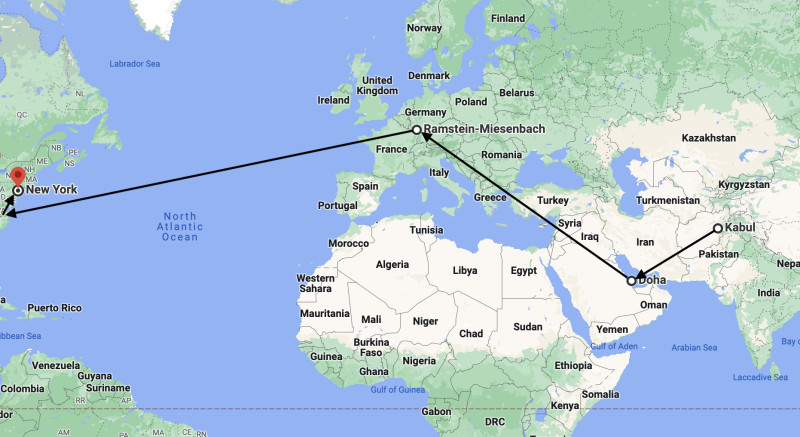
Abdul S.– name changed, is an exiled professor of epidemiology at Kabul University of Medical Science and the first Afghan scholar to accept a…

Abdul S. – name changed, is an exiled professor of epidemiology at Kabul University of Medical Science and the first Afghan scholar to accept a…
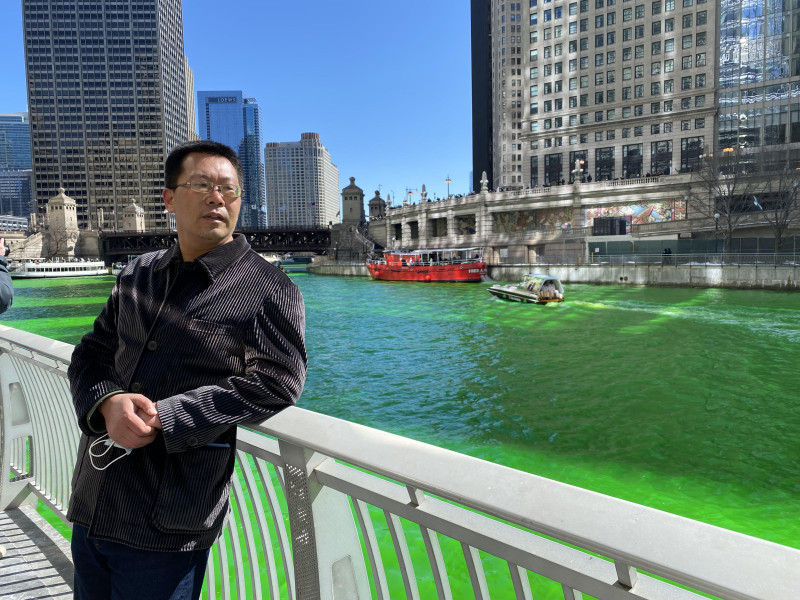
In an interview with the We Refugees Archive Team, Chinese human rights activist and political exilee Teng Biao talks about how he arrived in…
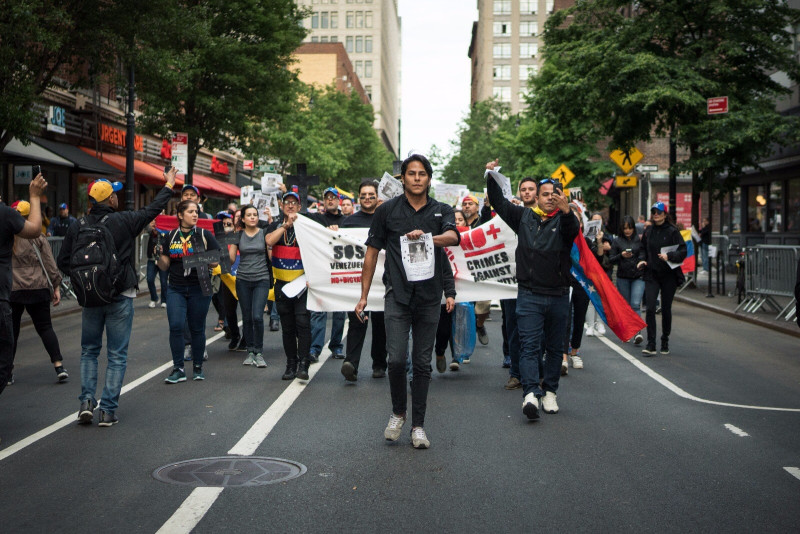
In an interview with the We Refugees Archive Team, political refugee Eric talks about his active support of the Venezuelan community in New York,…
Itzel Tzab was born in La Libertad, Petén in Guatemala. She grew up in rural poverty, where her family experienced deadly assaults by violent…
Adrián Cruz is from Guatemala City in Guatemala. He fled to the United States when he was 17 years old. He comes from a…
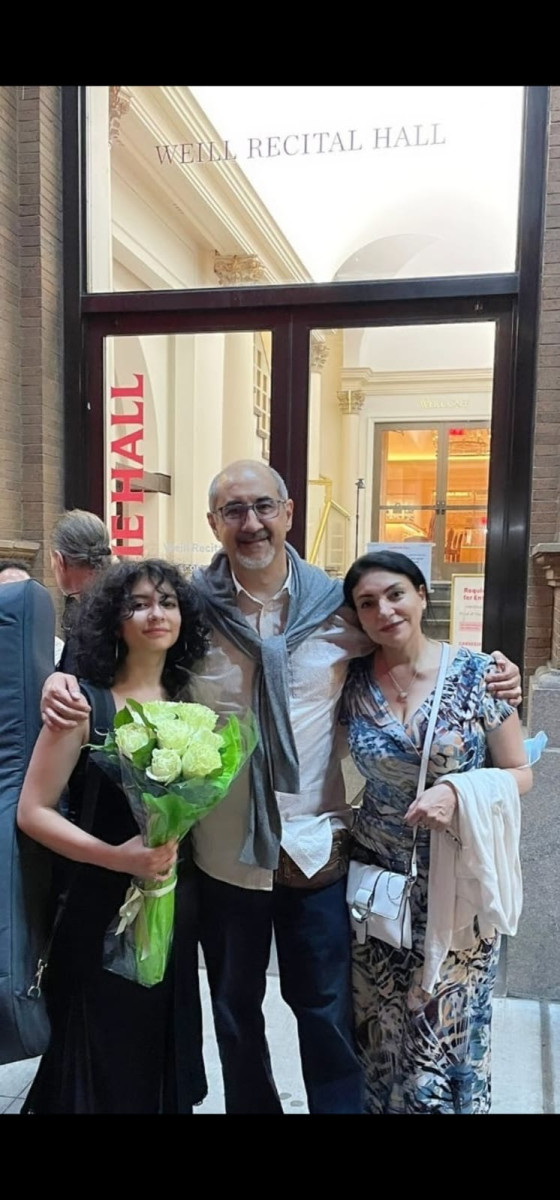
In an interview with the We Refugees Archive Team, Iranian Political Exilee and Coordinator of the Committee on Forced Migration at Columbia University Kian…

In an interview with the We Refugees Archive team, political refugee and scholar Hasan discusses their relationship to their mother tongue and the notion…
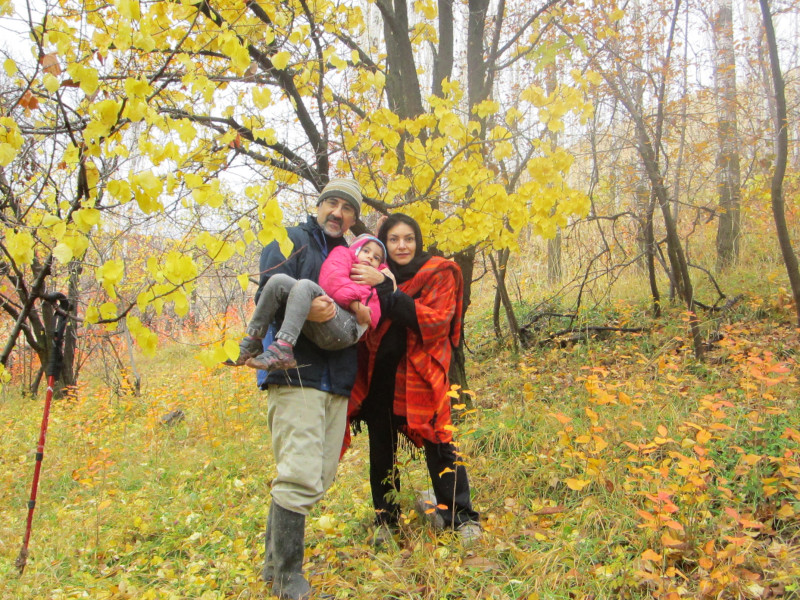
In an interview with the We Refugees Archive team, Iranian Political Exilee and Coordinator of the Committee on Forced Migration at Columbia University Kian…
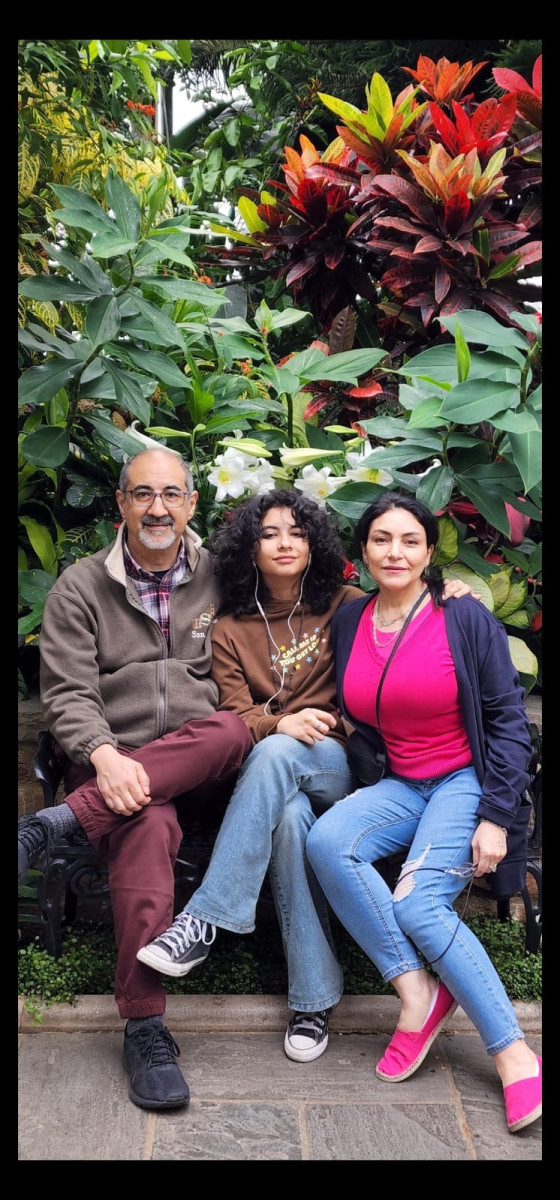
In an interview with the We Refugees Archive Team, Iranian Political Exilee and Coordinator of the Committee on Forced Migration at Columbia University Kian…
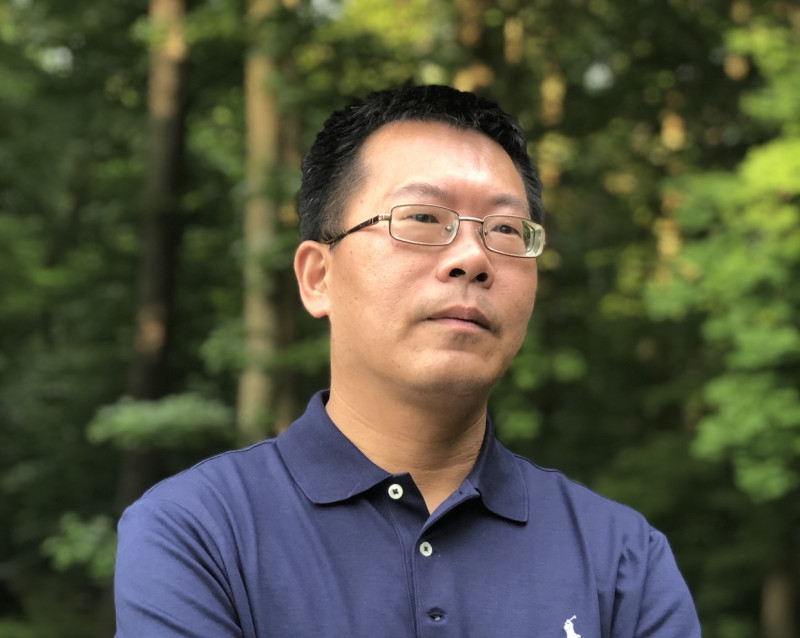
In an interview with the We Refugees Archive Team, Chinese human rights activist and political exilee Teng Biao talks about being a refugee as…
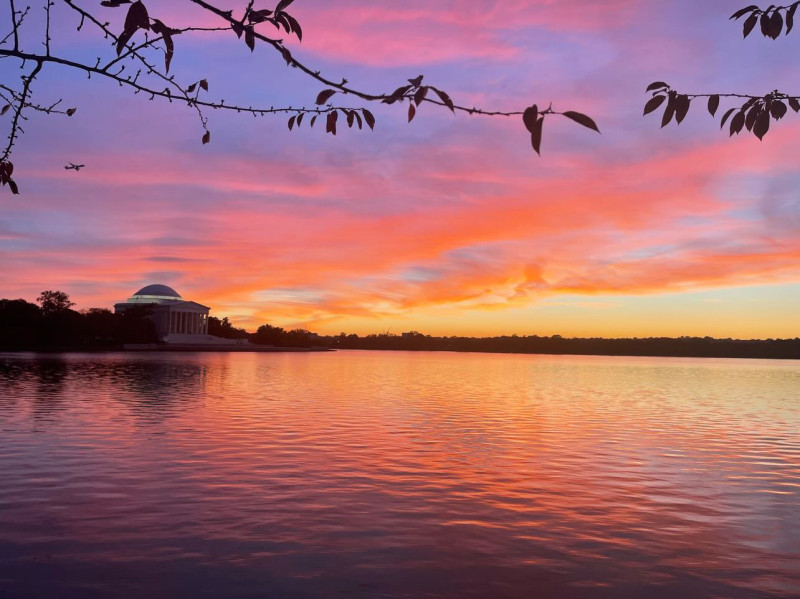
In this interview,the queer activist, human rights journalist, and refugee L.[1. they wish to remain anonymous] talks about their decision to leave Egypt and…
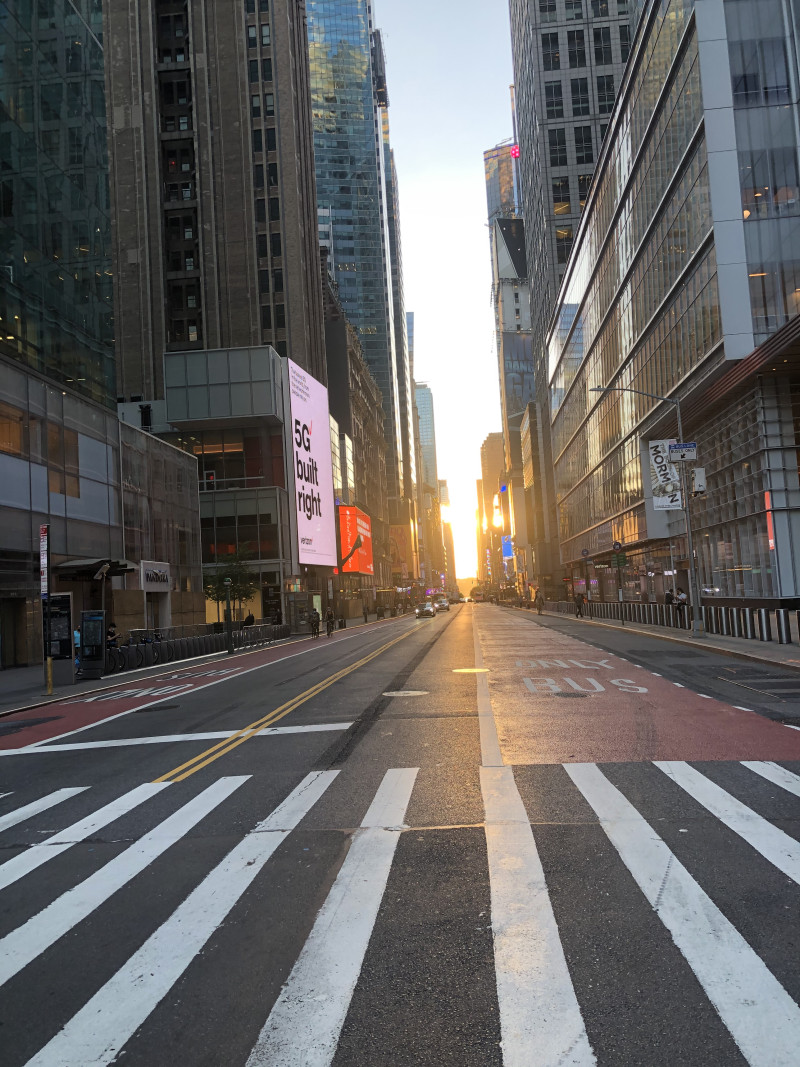
In an interview with the We Refugees Archive team, refugee and South Asian LGBTQ+ activist Barbara Khan discusses the question of home, homesickness and…
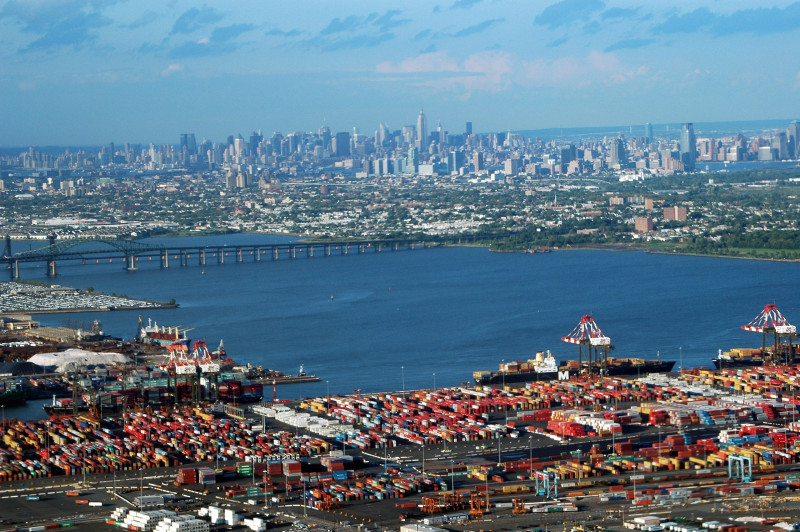
In an interview with the We Refugees Archive team, political refugee and scholar Hasan relates the reasons for why they decided to flee. The…

In an interview with the We Refugees Archive Team, Iranian Political Exilee and Coordinator of the Committee on Forced Migration at Columbia University Kian…
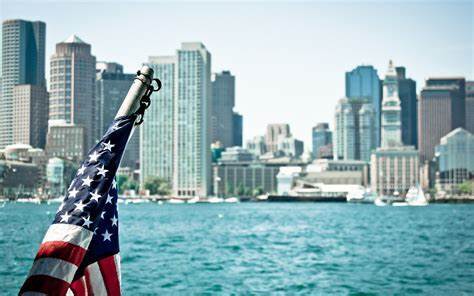
Malek [1. name changed] describes the psychological stress that the asylum process in the U.S. triggered in him.
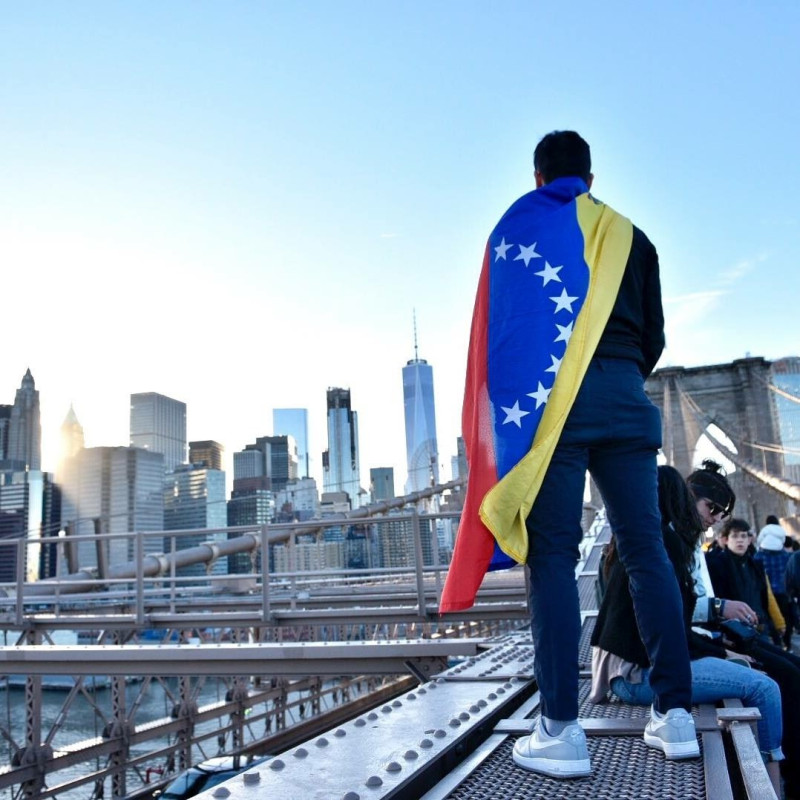
In an interview with the We Refugees Archive team, political refugee Eric talks about his new start in New York, financial difficulties, finding housing,…
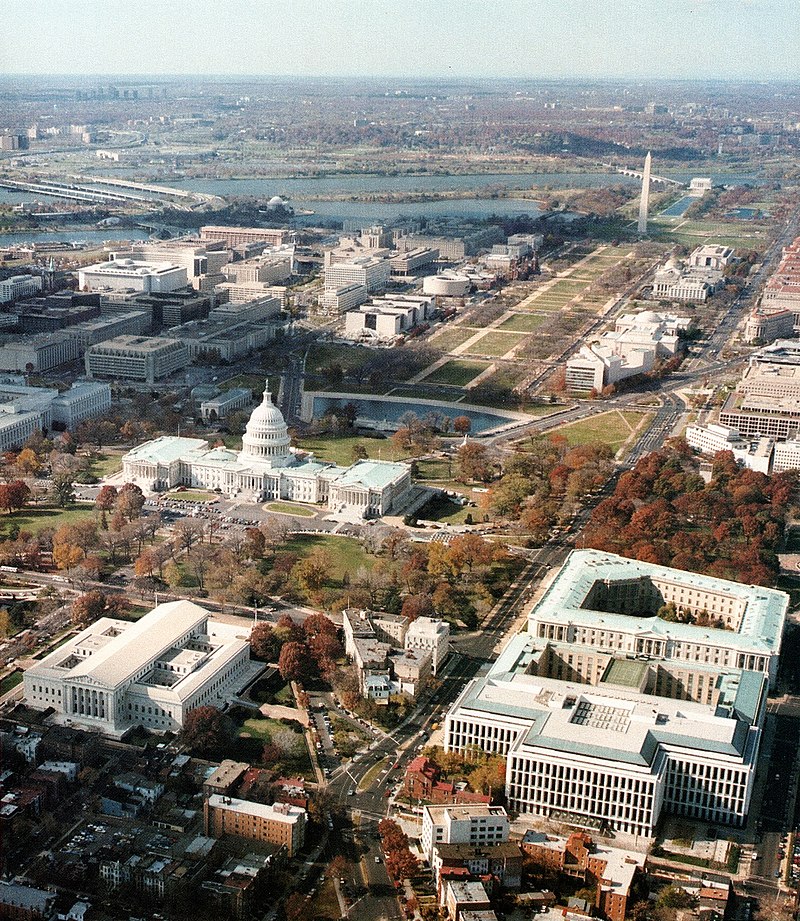
In this interview, the political refugee and activist Sami[1. name changed] from Syria, presents his thoughts and experiences on the topics: Support Networks for…
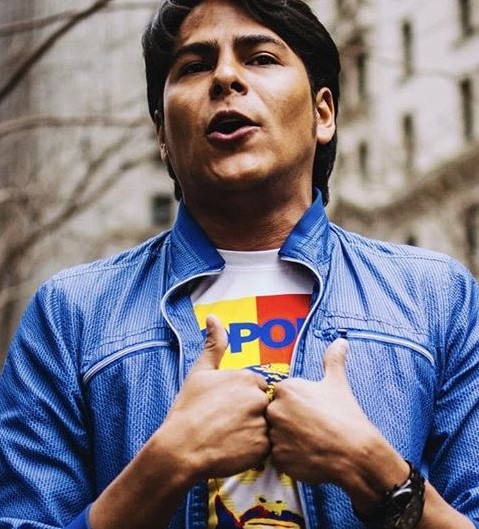
In an interview with the We Refugees Archive team, Eric, a political refugee from Venezuela, talks about being a refugee and homesick in New…